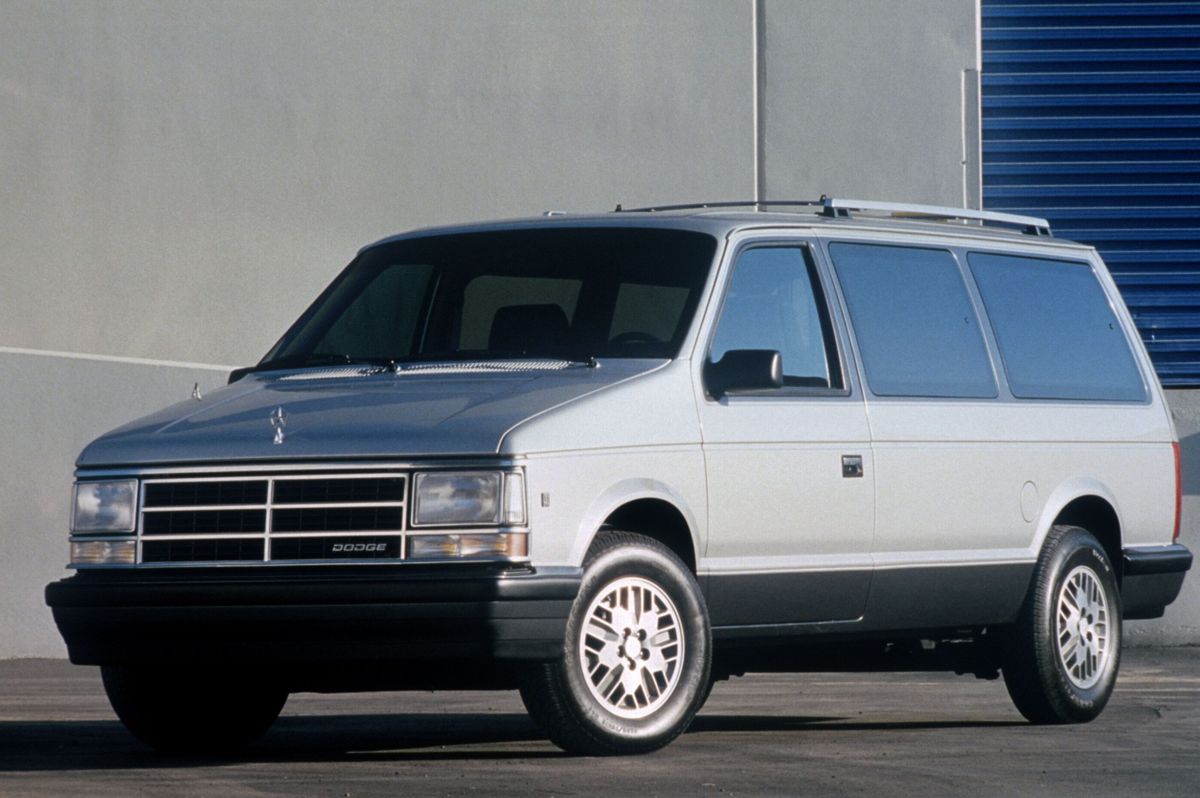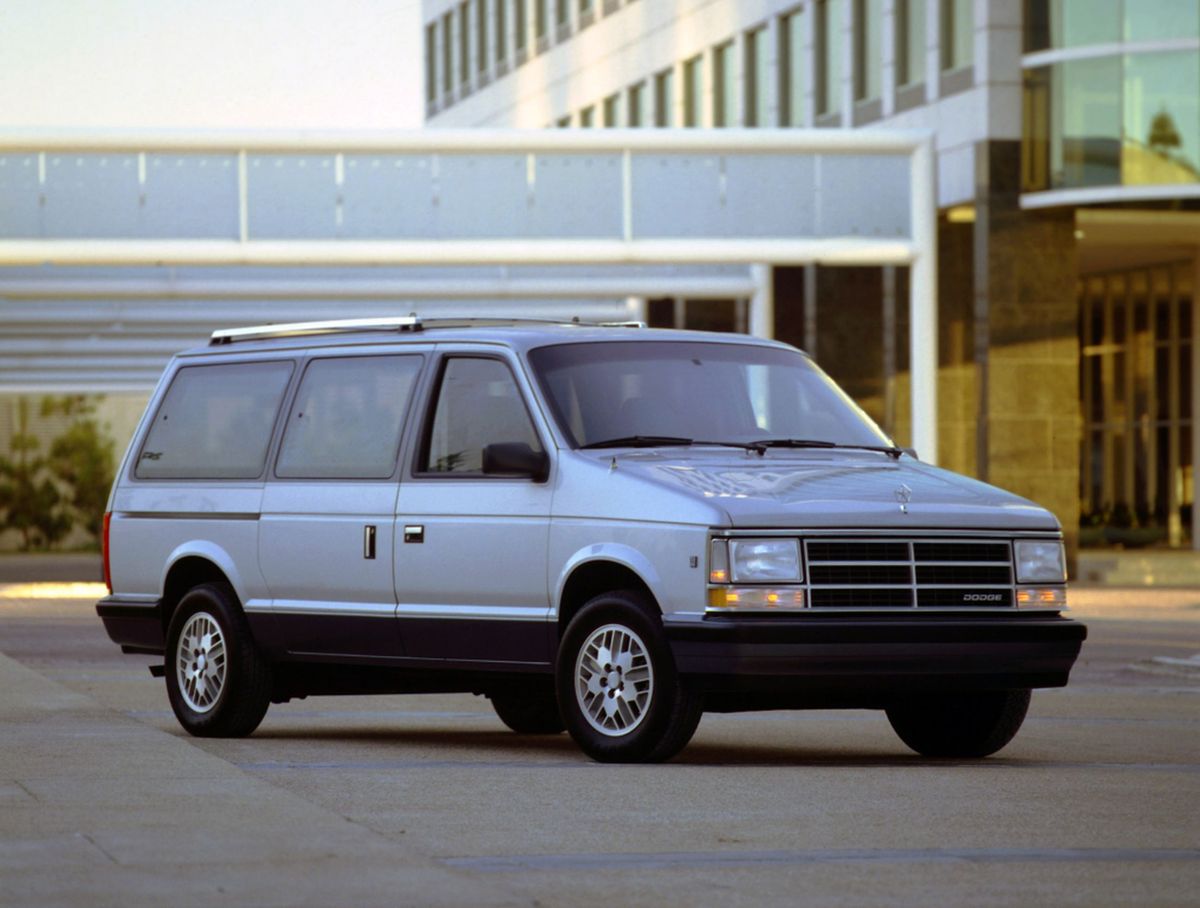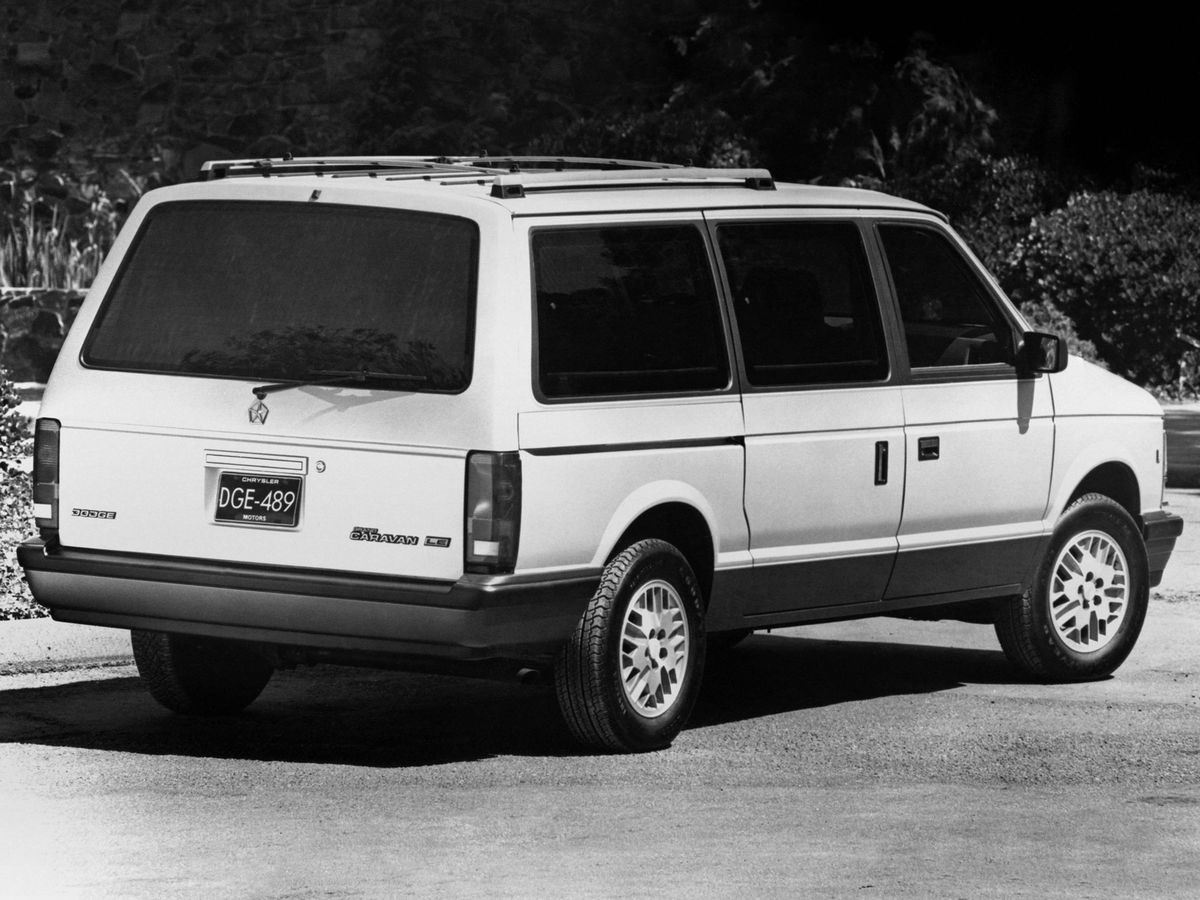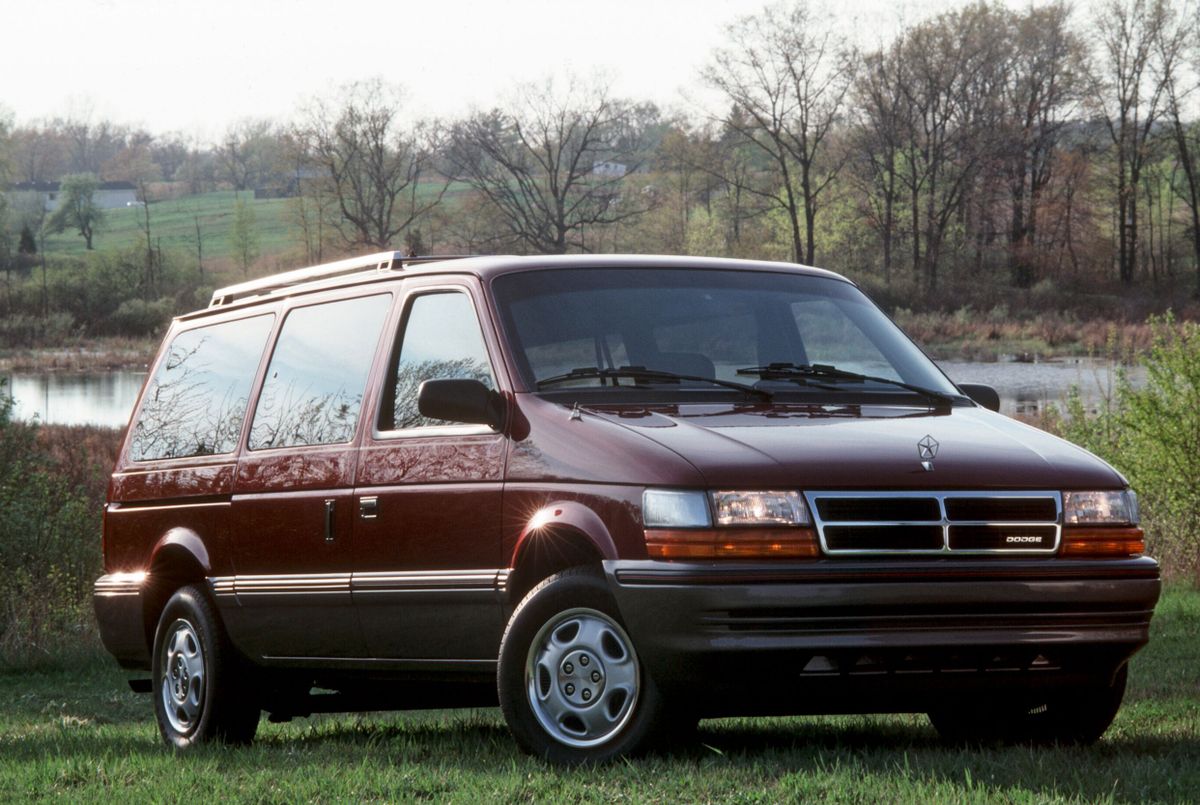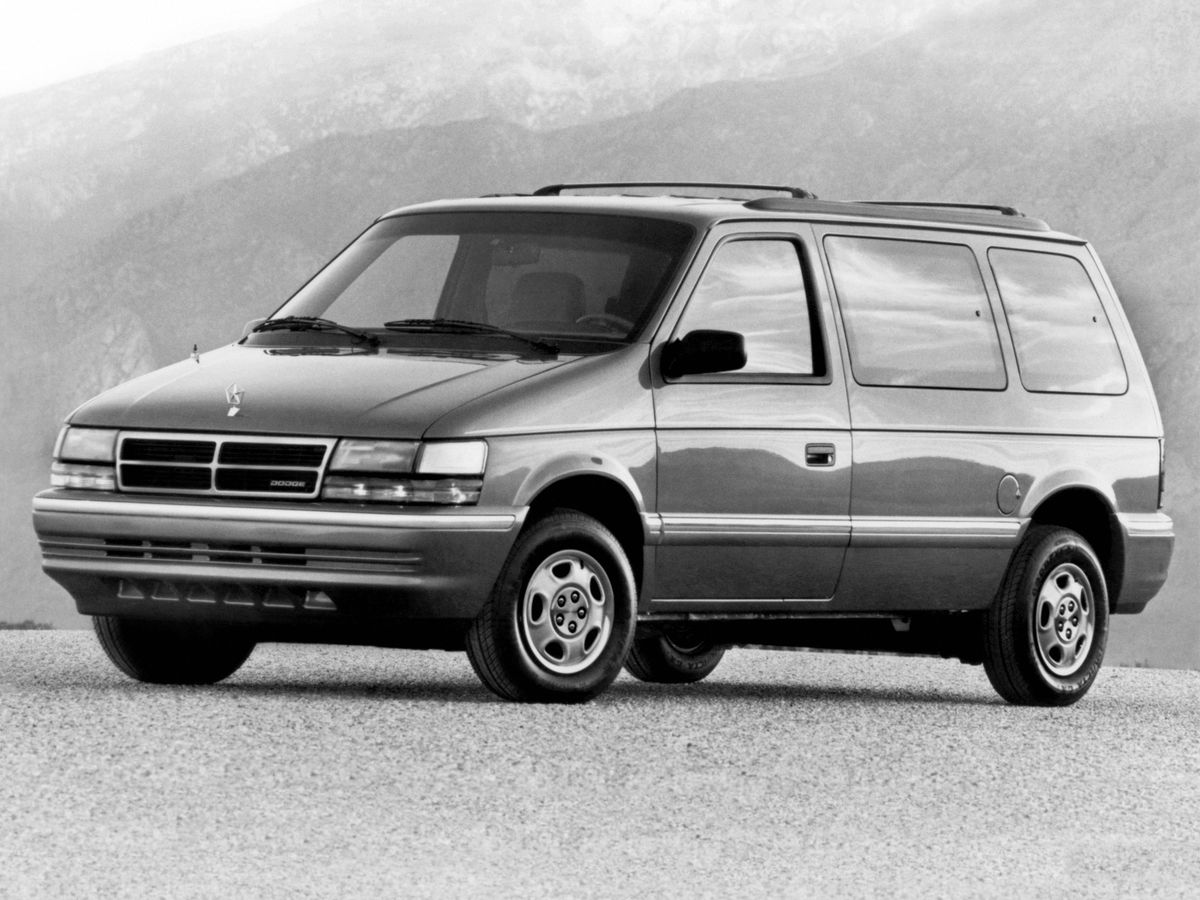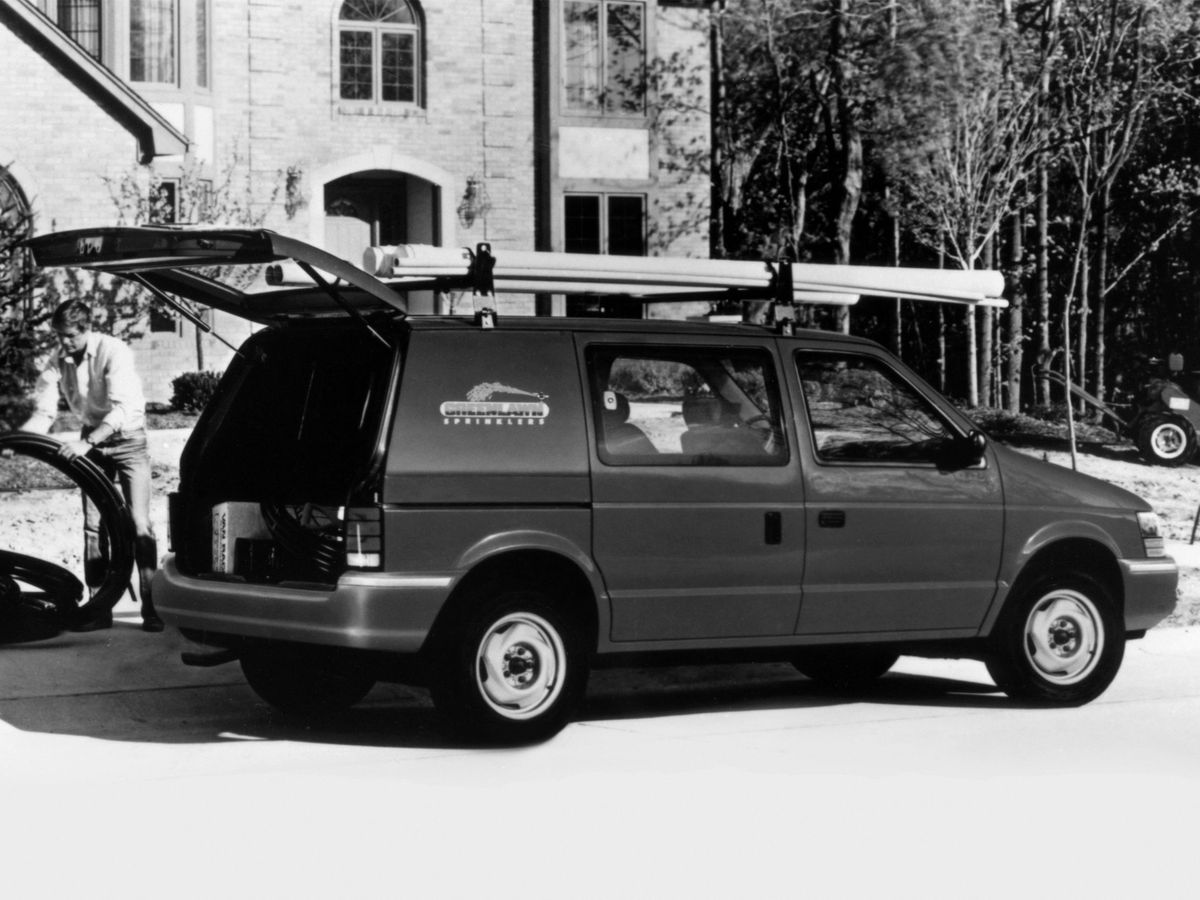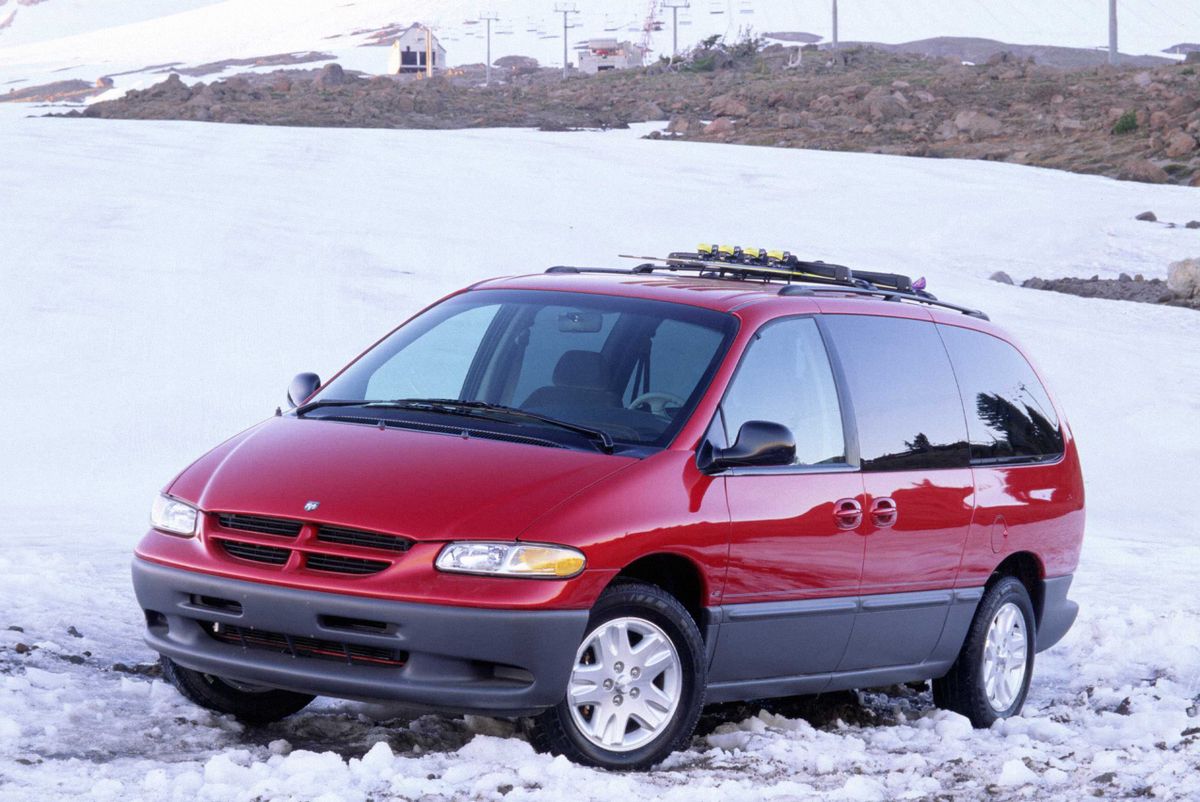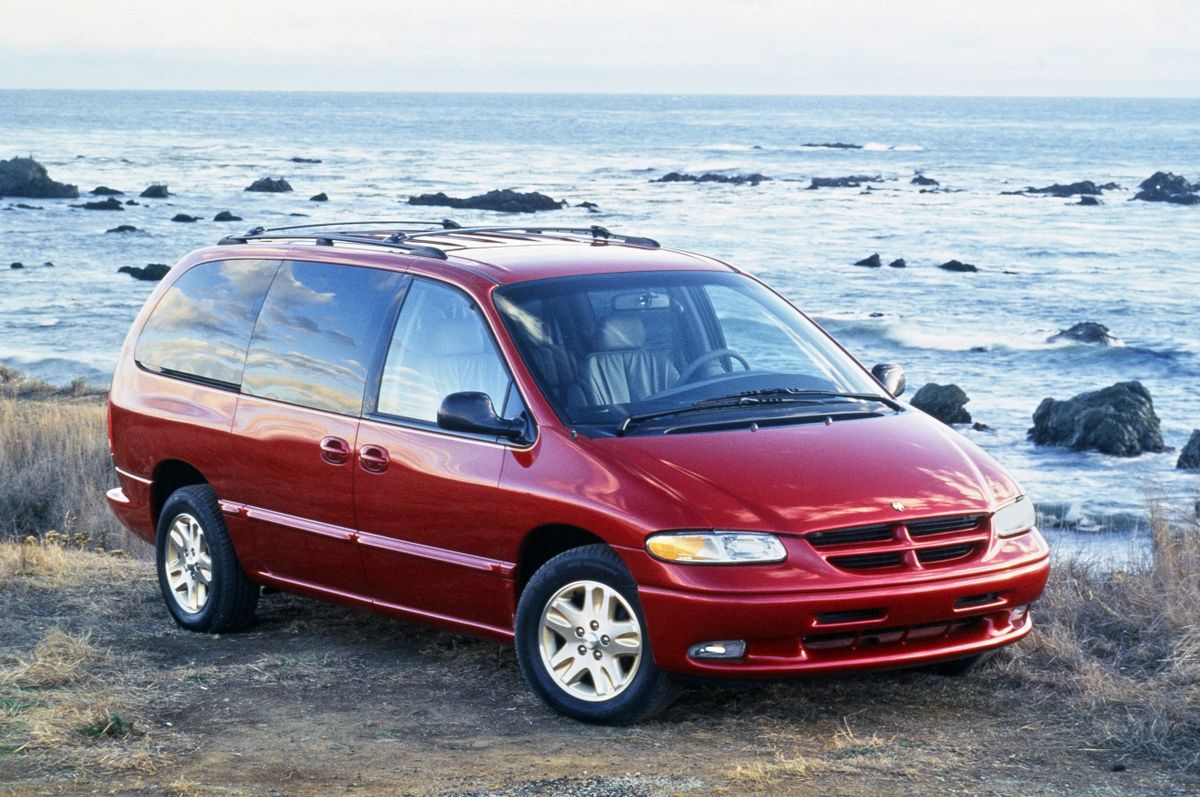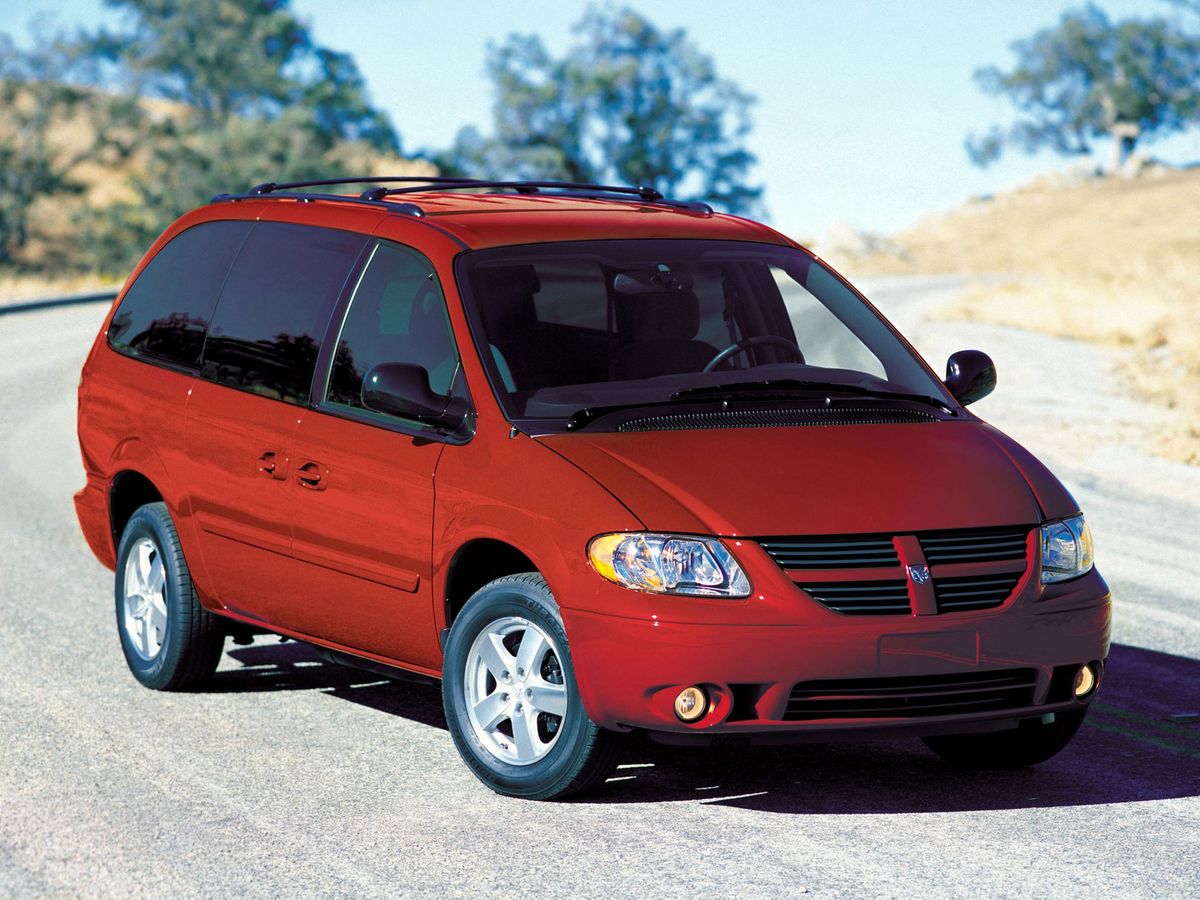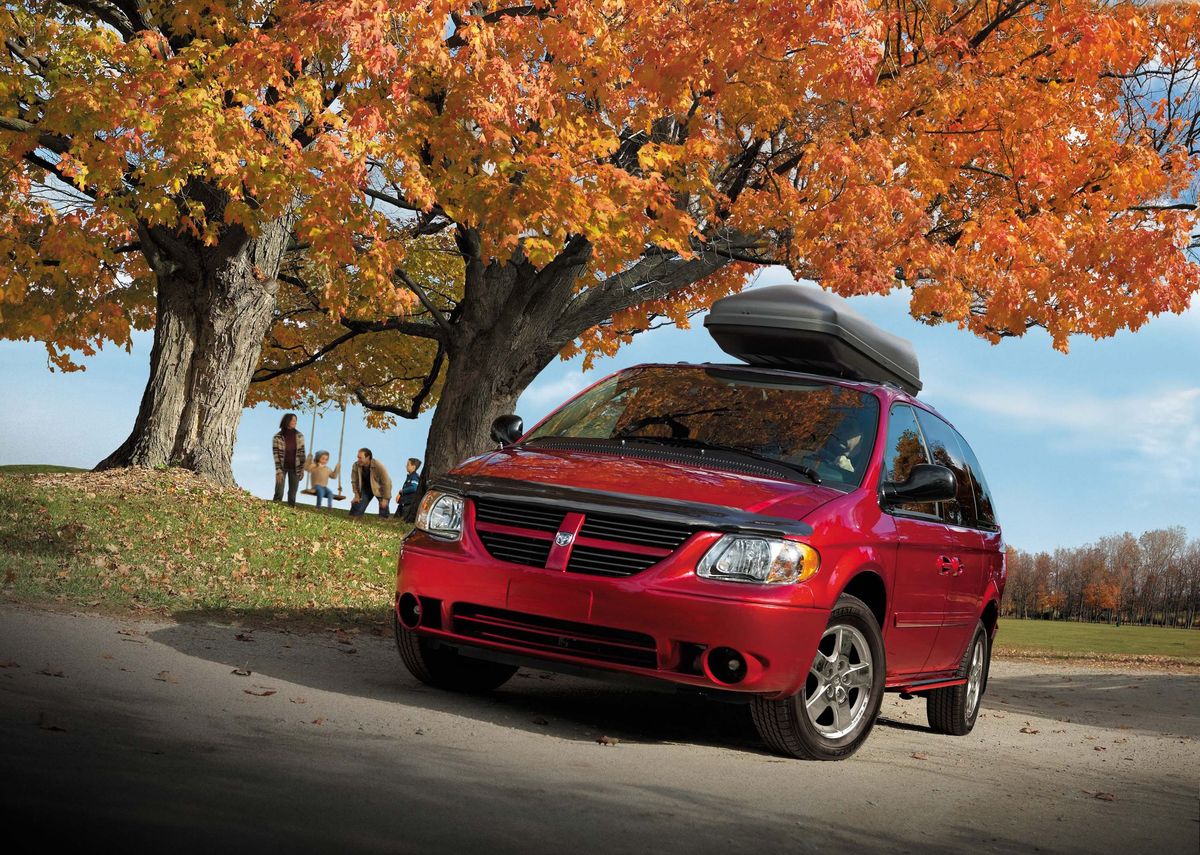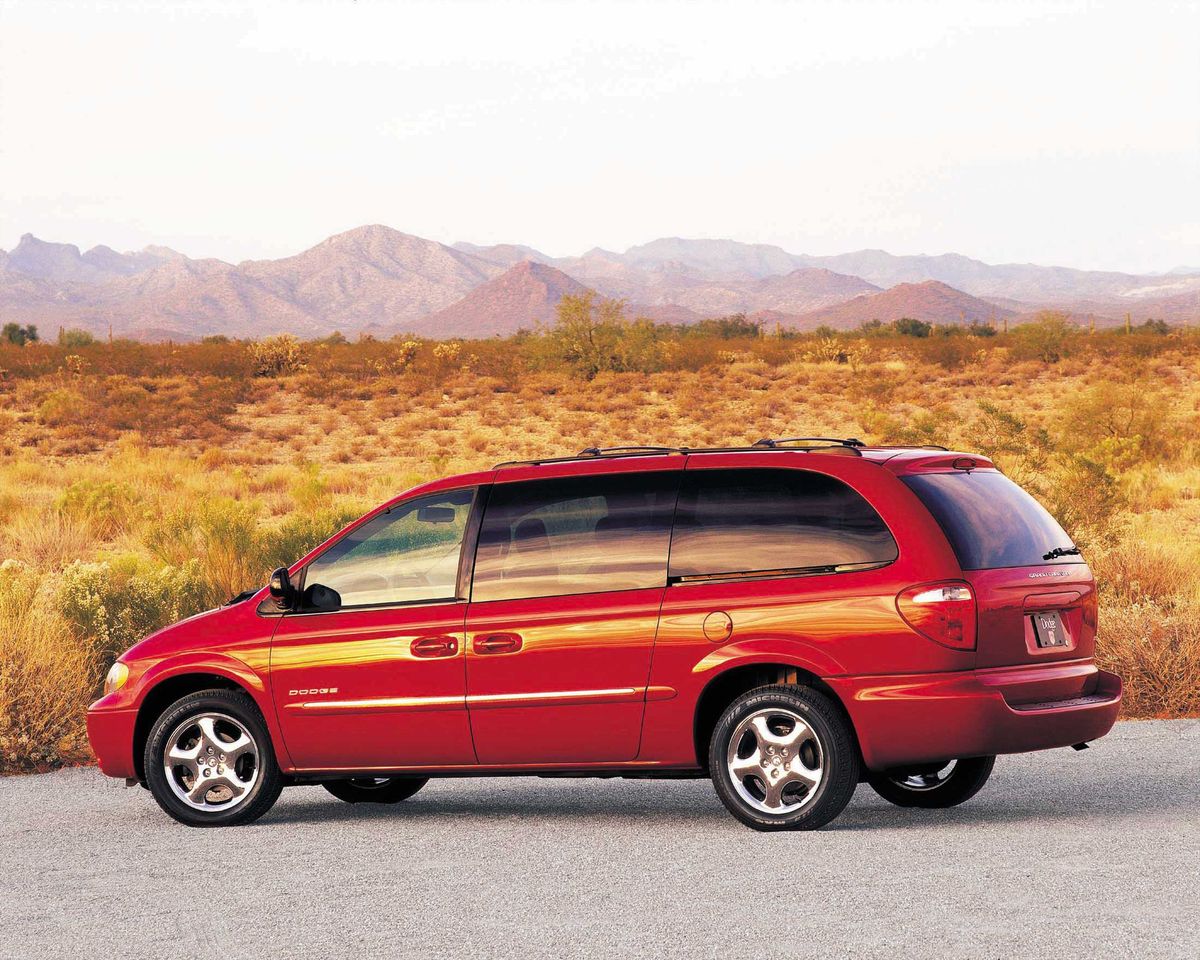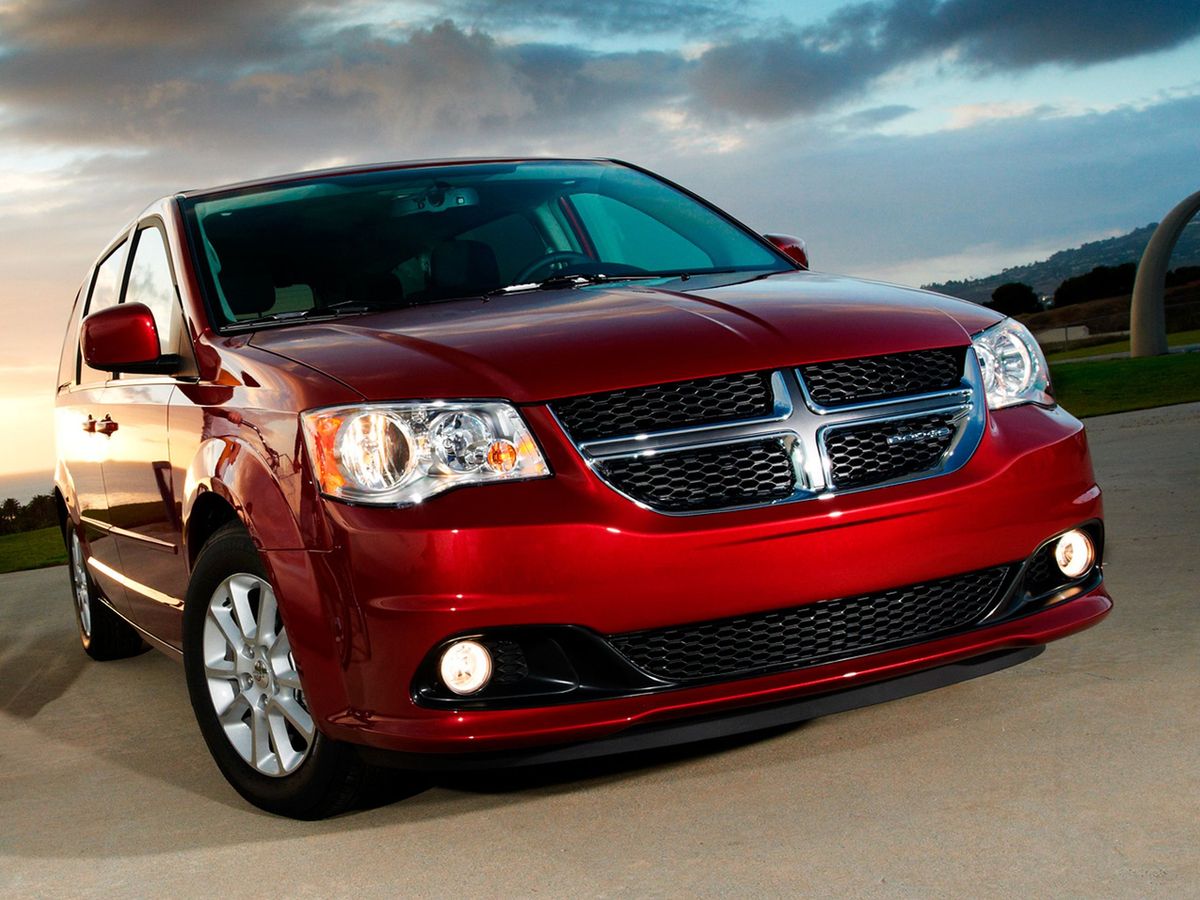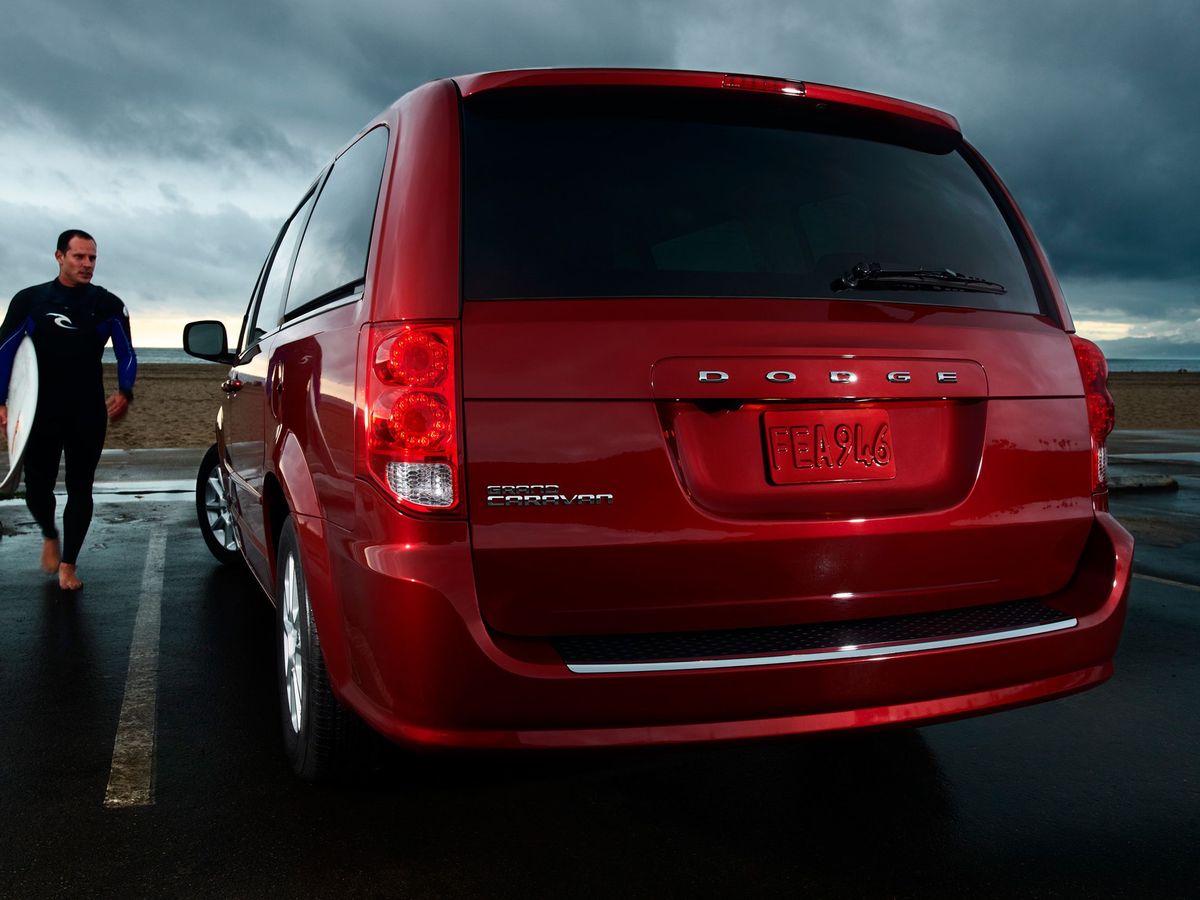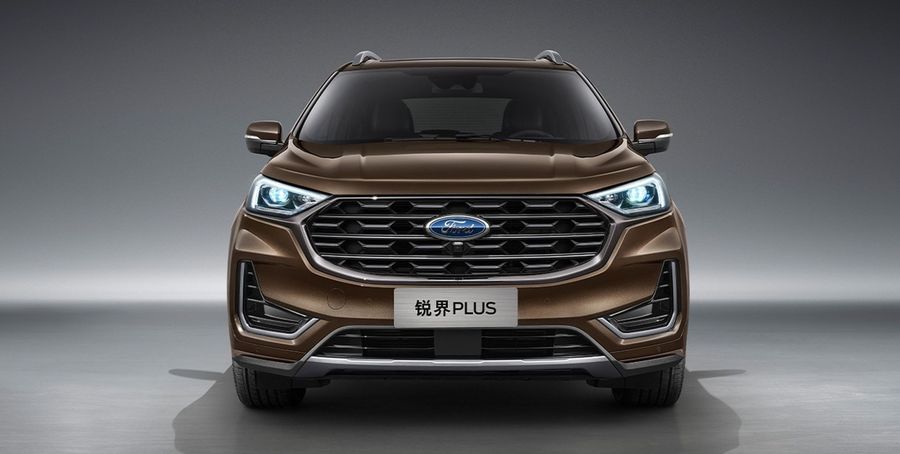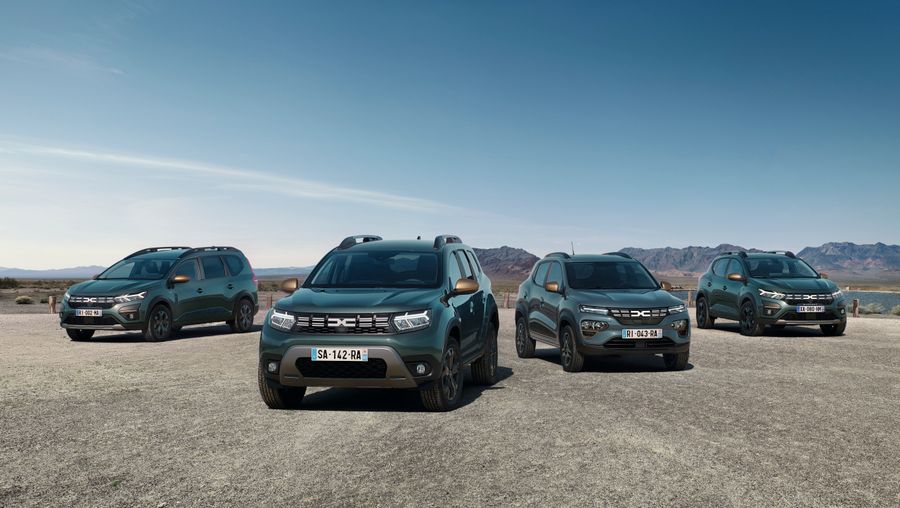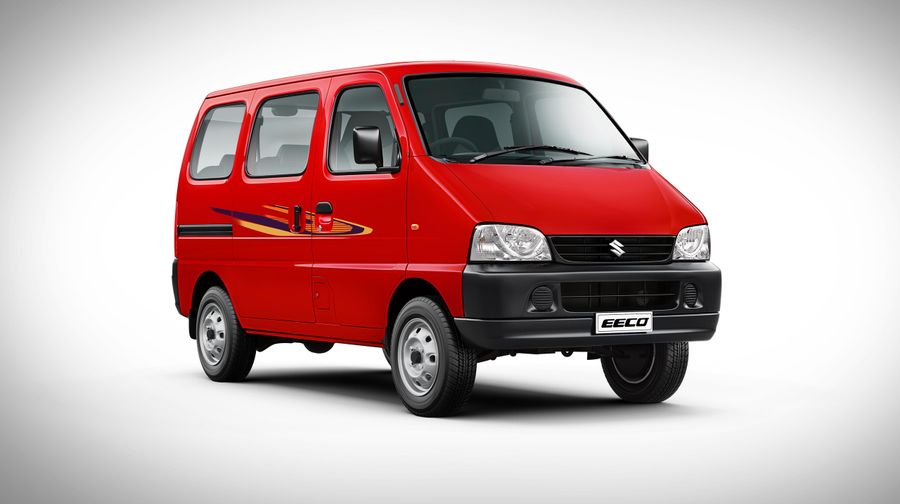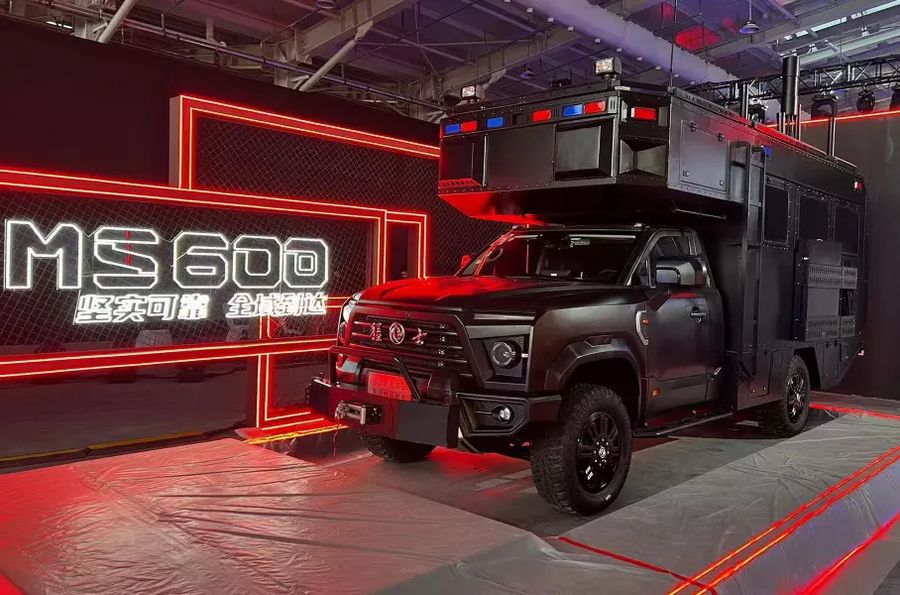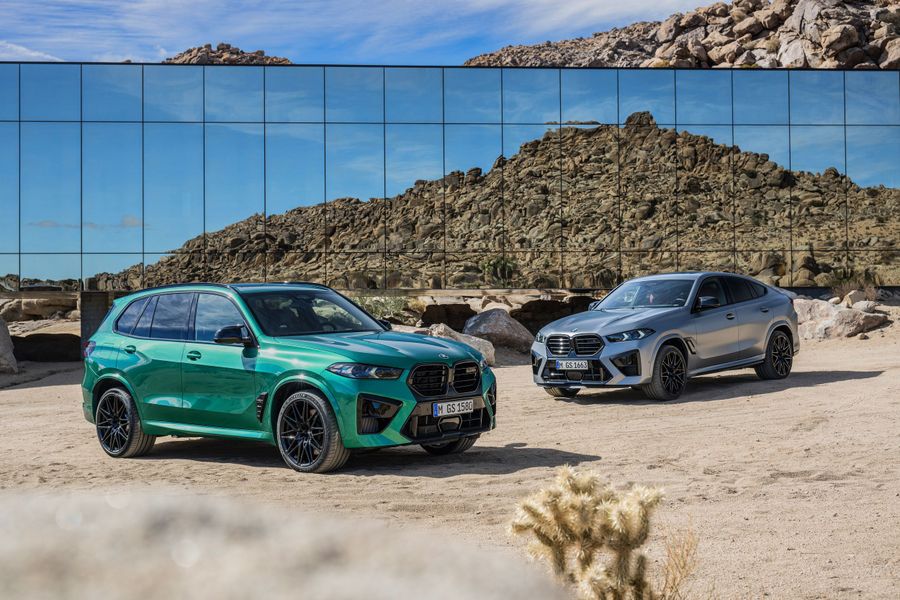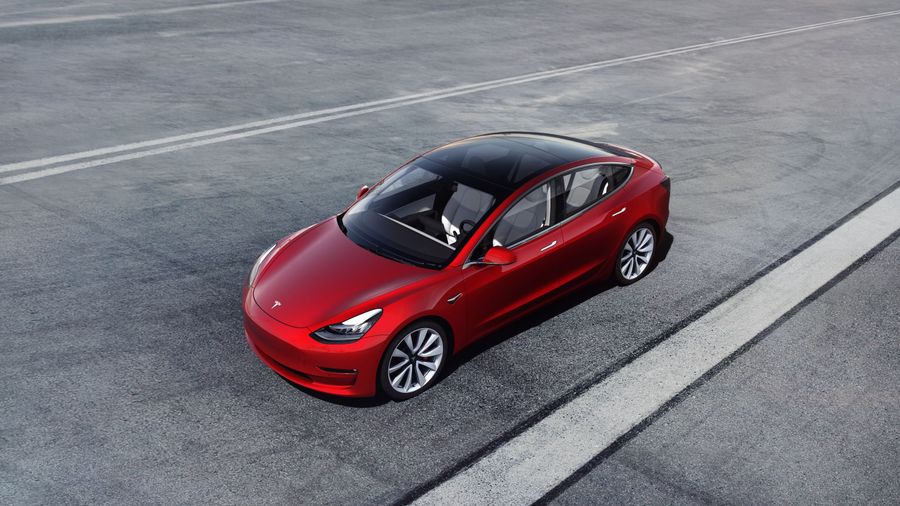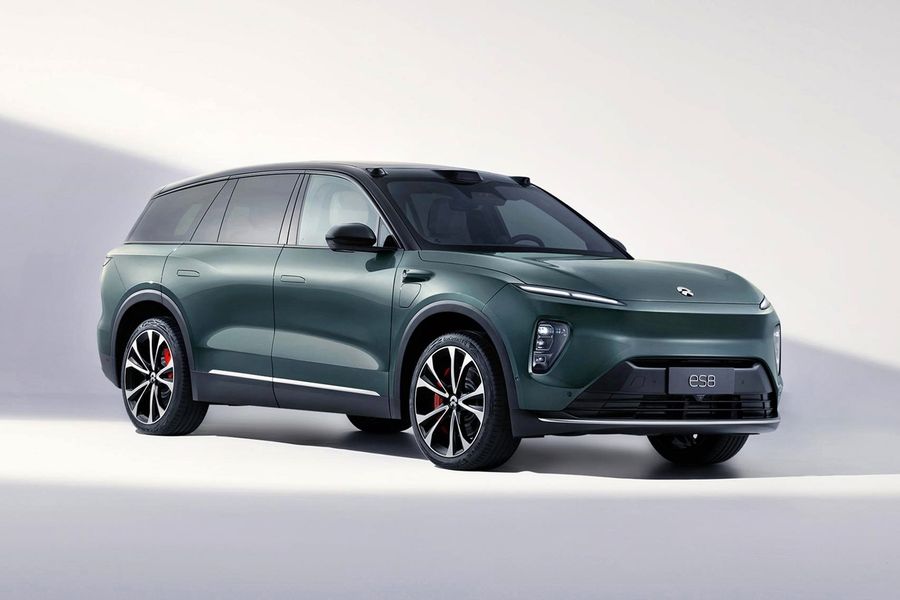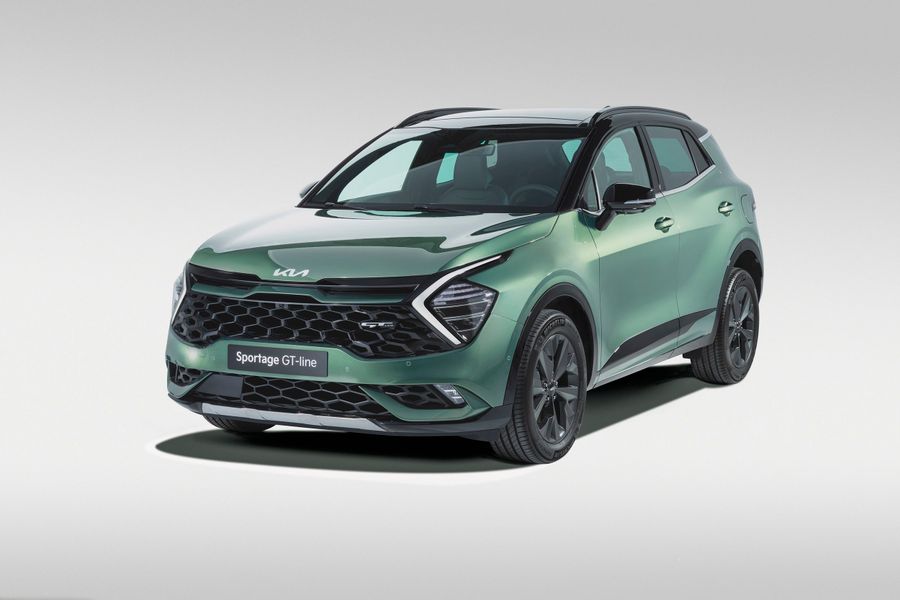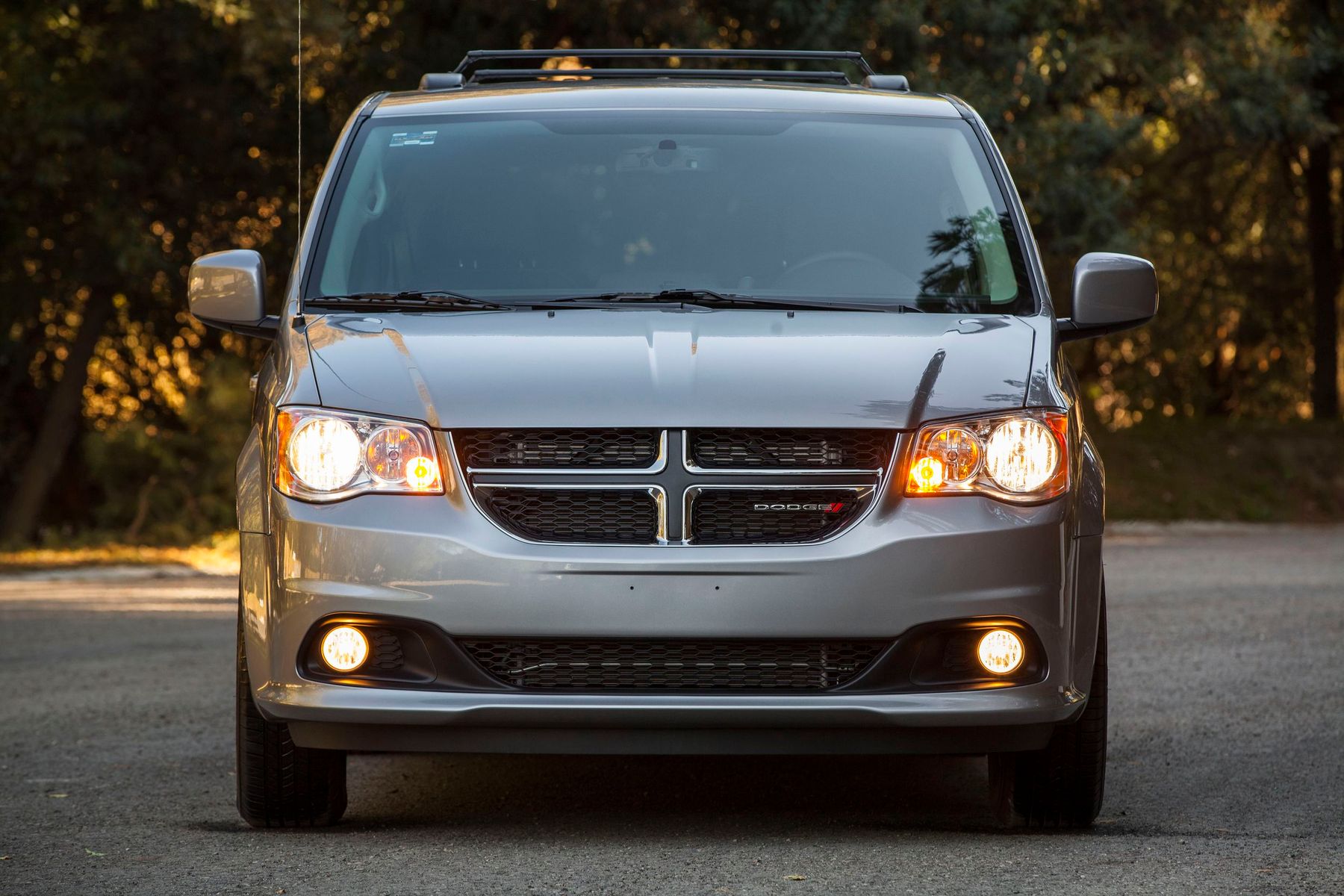
The Ode to the Caravan
The Dodge Caravan, the ancestor of the minivan format, was produced for 36 years, delighting people for five generations. In fact, it is the longest-lived and most successful Dodge model that has earned respect not only in the North American market but worldwide. The Caravan can also be found even in places to which it has never been officially delivered. It should be noted that the Dodge Caravan has almost fully identical models (the Chrysler Voyager and the Caravan), so the real geography of its distribution is even greater.
From idea to model
The idea of the ‘minivan’ format belongs to Lee Iacocca, president of the Ford Motor Company in the 70s, who, incidentally, played a decisive role in the creation of the legendary Ford Mustang, and to Hal Sperlich, who at that time worked on the ‘K’ platform, which was later used for building many iconic Chrysler models. Henry Ford II, who was jealous of the success of the outstanding automobile manager Iacocca, rejected the idea and even the completed prototype presented to him by his zealous subordinate in 1974.
Then Lee Iacocca, who joined the Chrysler Corporation, turned to Hal Sperlich, with whom they built the T115 minivan on the K-platform, which was the prototype of the Caravan and Chrysler Voyager. Both were born at the same time in 1983, ahead of the first production European minivan Renault Espace by a year. The first Dodge Caravan as large as a freight car, but suitable for a garage and very child friendly, was first introduced to a respectable public by the famous US magician Douglas Henning.
Apart from the Chrysler Voyager, the Caravan was marketed as a short wheelbase Plymouth Voyager, while the long wheelbase Dodge Grand Caravan was offered with the Plymouth Grand Voyager as well as the Chrysler Town & Country and was produced from 1987 to 2020. A slightly different version of the Grand Caravan was sold from 2009 to 2014 by Volkswagen as the Volkswagen Routan. There was also a cargo version, which was sold as the Ram C / V Tradesman. Production of the Dodge Caravan, or rather its long wheelbase version Grand Caravan, will be terminated in 2020. But in reality, it will continue to live as the twin brother, the Chrysler Voyager, in the United States. The sales volume of all the Caravan models over the entire history of their existence is approaching 1.5 million units.
The first generation
The Dodge Caravan, introduced together with the Plymouth Voyager in November 1983, entered the market in 1984. It was originally designed to be comfortable for all family members, even for kids who have barely learned to walk. The Caravan is apparently the first production car with cup holders, which were invented for serious mothers who had to put milk bottles in cup holders, and not… various spirit-lifting drinks. Another iconic know-how of the Caravan was a sliding door on the passenger side, which allowed access to seats in confined spaces, for example, in a parking lot.
The entry-level Caravan was a two-row five-seater version, whereas the LE trim level provided seven seats in three rows. The SE trim level could accommodate an extra seat and eight passengers. But then the manufacturer stopped producing this version due to low demand. The first Caravans had 3-point seat belts for the two front passengers and simple lap belts for the five rear passengers. Side impact protection was mandatory on all front and rear seats. But there were no airbags and anti-lock braking systems.
In 1987, the manufacturer introduced the long wheelbase Grand Caravan, which had more cargo space. There was another interesting version, the Mini Ram Van, with a carrying capacity of 770 kg, produced until 1995. It was terminated, most likely because the Caravan itself could be used as a truck: the second row moved back and forth, and the third row was removable, there was enough space for cargo.
The Dodge Caravan is as large as a freight car, but suitable for a garage and very child friendly.
The Caravan featured quite simple powertrains, which were not designed for the pretentious and senseless burning of asphalt. In the first three years, the Caravan was equipped with 2.2-liter 4-cylinder engines with 96 hp and, additionally, a very high quality 2.6-liter Mitsubishi with 104 hp. In 1987, the 2.2-liter engine was replaced by a 2.5-liter direct injection engine with 100 hp, and the 2.6-liter engine was replaced by a 6-cylinder Mitsubishi direct injection unit with 136 hp. Up to the second generation, the engines were boosted almost every year. Thus, the range acquired turbocharged 142 hp and 150 hp engines. In the first generation, a 3-speed automatic transmission or a 5-speed manual transmission were available, depending on the modification.
The first-generation cars flew like hot Coca-Cola burgers on a public holiday from 1983 to 1990. As it turned out, that was the very car sought after by ordinary American busy families. Yes, this is not the most beautiful and quickest car, but on the other hand, it is roomy and capable of quietly driving you to your destination, with a soft and very durable suspension. Plus, the Dodge Caravan has never been expensive.
The second generation
It was produced from 1990 to 1995. By then, Ford and GM had already brought the Aerostar and APV to market, so Dodge had to make some competitive improvements. Thus, the list of equipment started featuring an airbag (optional, but very popular). In 1992, a 7-seater version and child seats became standard, and it became possible to install an anti-lock braking system and four-wheel drive. The second generation Caravans could be equipped with 2.5-liter 100 hp and 3-liter 142 hp engines. Since 1994, the car acquired a 3.8-liter 6-cylinder engine with 162 hp. A 4-speed automatic transmission was standard on all the Caravan models.
The third generation
The third generation Caravan won the love of people and flattering reviews from experts and successfully navigated the planet Earth from 1995 to 2000. In 1996, the Caravan won the North American Car of the Year and Motor Trend Car of the Year awards and consistently ranked among the top 10 in various polls and consumer research studies.
The car was significantly redesigned, with the long front end of the minivan staring from the front bumper and ending on the roof. It was a solid surface that had an aerodynamic shape and helped the car to easily cut through the air. It was then that the Caravan acquired its characteristic neutral appearance, as if the car was saying ‘hey buddy, stop staring at me, get behind the wheel and try not to fall asleep, I’ll do the rest myself’.
Those who wished to join the community of Caravan lovers had access to long and short wheelbase models, as well as 3- and 4-door configurations. As the third generation developed, the Caravan improved, received new options, and lost some of them. For example, the basic options included: a sliding door on the driver’s side, traction control, four-wheel drive, heated seats, automatic headlights, 17-inch wheels and so on. The complex rear door lock was replaced by an ordinary lock and a handle. There were also quite exotic options: a ceiling console with a holder for sunglasses, a garage door opener preinstalled in the car, and a holder for opening a garage door. For some reason, there was a rear spoiler (maybe for drying clothes after washing).
The list of engines included: 2.4-liter 4-cylinder engine with 150 hp, Mitsubishi 3-liter 6-cylinder 6G72 engine with 150 hp, 3.3-liter 6-cylinder engine with 158 hp, as well as a 180-horsepower engine (since 1998). The Caravan was a fairly safe car, but had some problems. The crash tests showed generally good results, but with the risk of leg injury. A dangerous feature of the Caravan was the high probability of fuel leakage in a side impact, which could lead to a fire.
The fourth generation
It was produced from 2000 to 2007. The fourth Caravan became very popular with American families. It was even called the king of school parking lots, as most parents had this very car. In 2003, the C / V Caravan and Grand Caravan C / V versions returned. There were the truck models without side windows and with the cabin inspired by the truck style. The Caravan kept almost the same exterior, but in fact it was a different car built on the Chrysler RS platform, in contrast to its predecessor, built on the NS platform. The Chrysler RS platform was wider, stronger, but less secure, which was fixed gradually as the car evolved within a generation.
The long wheelbase Dodge Grand Caravan is the world’s best-selling minivan in 2009 and 2010.
The innovations included sliding doors and an electrically operated sunroof, sliding doors with remote control, tailgate opening with remote key button or a keyless access key, the second and third row Stow 'n Go (Super Stow 'n Go was offered on long wheelbase models). There were also some amazing options, including hooks for bags, illumination of the glove compartment and ashtray… In a word, everything you need for life.
The car could be equipped with one of the following engines: a 2.4-liter unit with 150 hp, a 3.3-liter 6-cylinder unit with 180 hp and a 3.8-liter engine with 200 hp. The fourth generation Dodge Caravan of the first year of production was recognized as dangerous (according to the IIHS) due to an unresolved problem with fuel leakage during a collision. The manufacturer managed to resolve that problem only in 2002. Then there was a problem with the side cushions, due to which the driver could receive serious neck injuries, fractures of ribs and internal organs. This problem was expected to be eliminated in the fifth generation.
The fifth generation
It was produced from 2008 to 2020, but only in the form of a long wheelbase Dodge Grand Caravan. It is the best-selling minivan in the world in 2009 and 2010, one of the most beloved cars in car rental companies that received so many used Caravans that at some point they brought down prices for new minivans by as much as 20%.
Unfortunately, 2020 was the last year for the Dodge Grand Caravan. It would cost more to upgrade this ancient car and bring it up to modern safety requirements than to develop a new model, which neutralizes the main advantage of the Caravan, namely relatively low prices. But you can be sure that even after the production stops, we will see these workhorses on the roads of the whole world for another 150 years.
Depending on the trim level, the fifth generation Dodge Caravan was equipped with the following options:
- SE offered 16-inch steel wheels with hubcaps, overhead console with viewing mirror, electric locks, power windows, sliding door warning system, manual sliding doors, manual mirrors, air conditioning, modern stereo system;
- SXT offered power sliding doors, electrically heated mirrors, automatic front windows, second row power windows, rear power deflectors, rear overhead console, garage door opener option, power driver’s seat, Stow N Go, 16-inch alloy wheels.
The fifth generation comes standard with 3.8-liter and 4.0-liter engines, paired with a 6-speed automatic transmission with variable line pressure technology.


